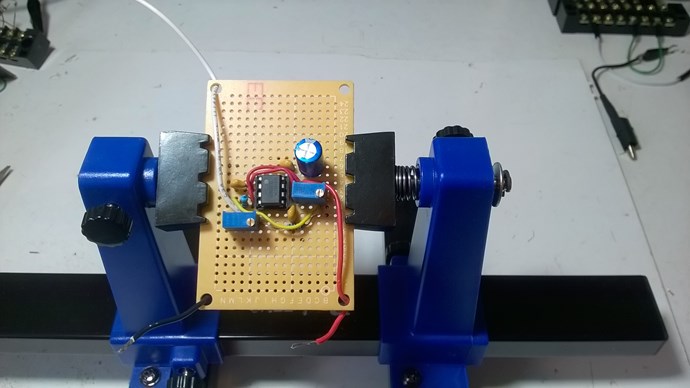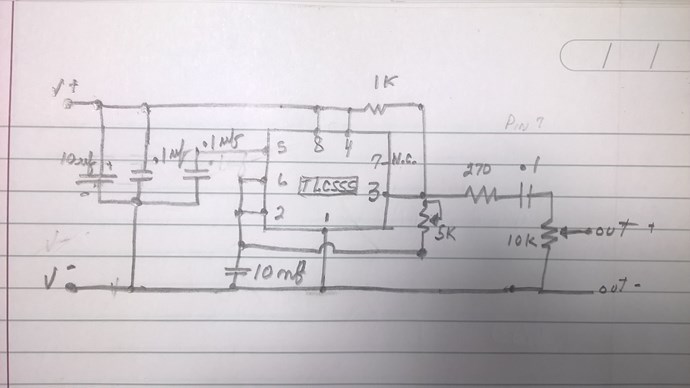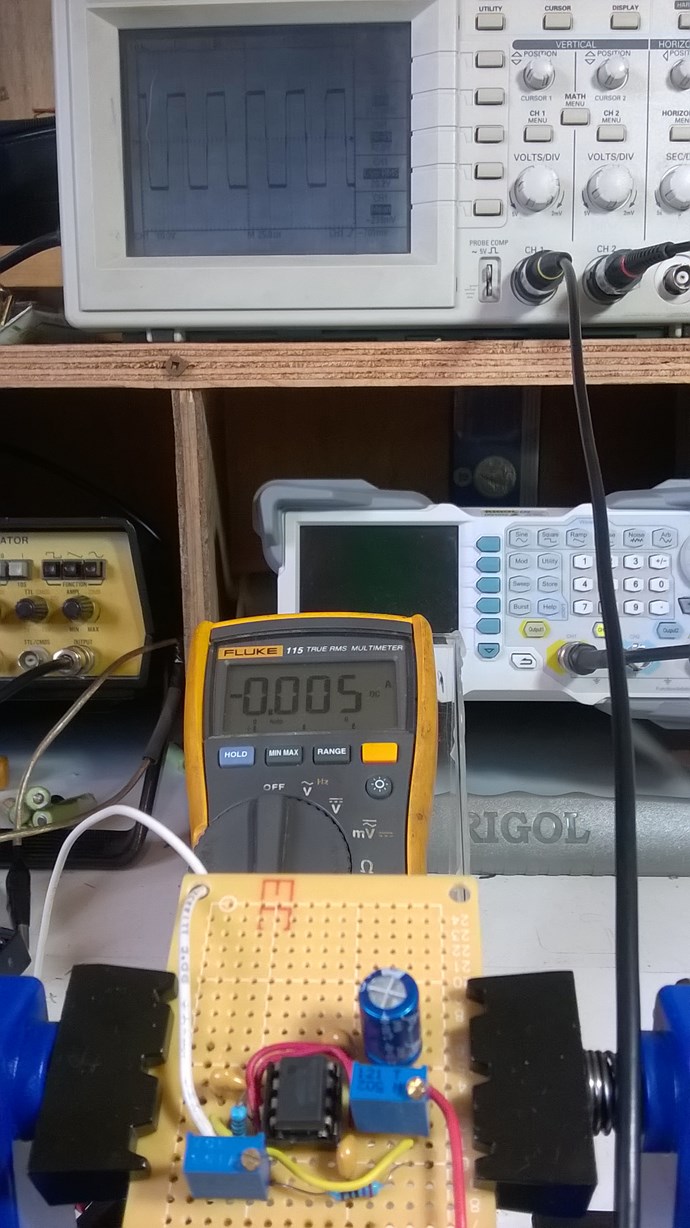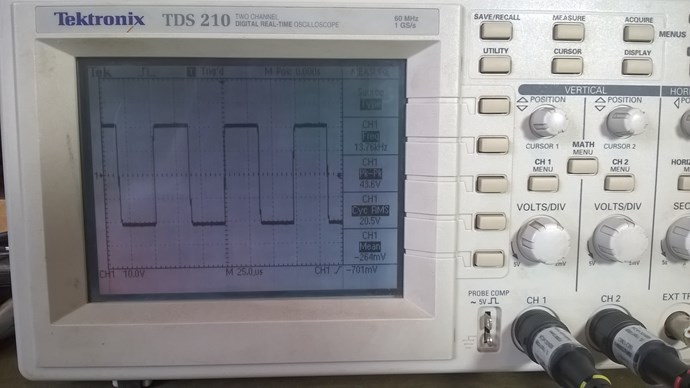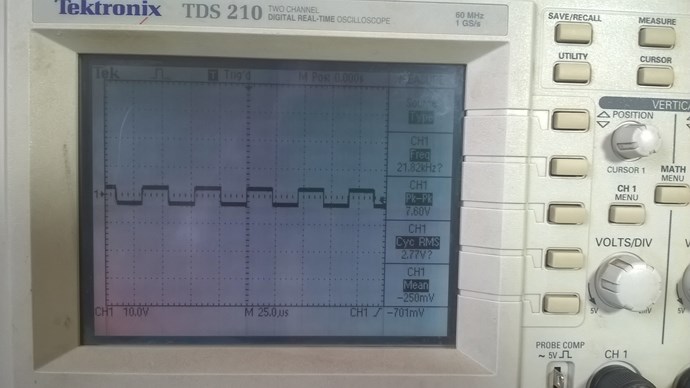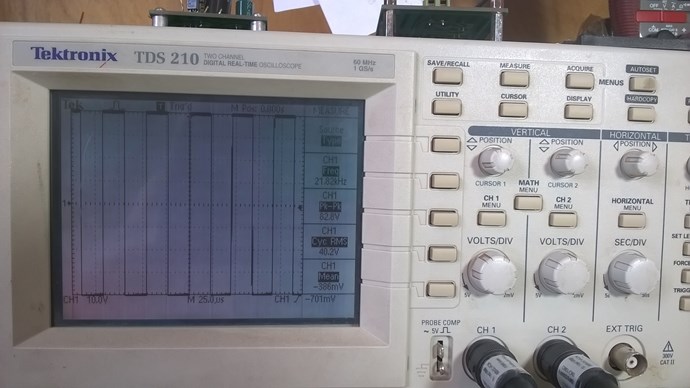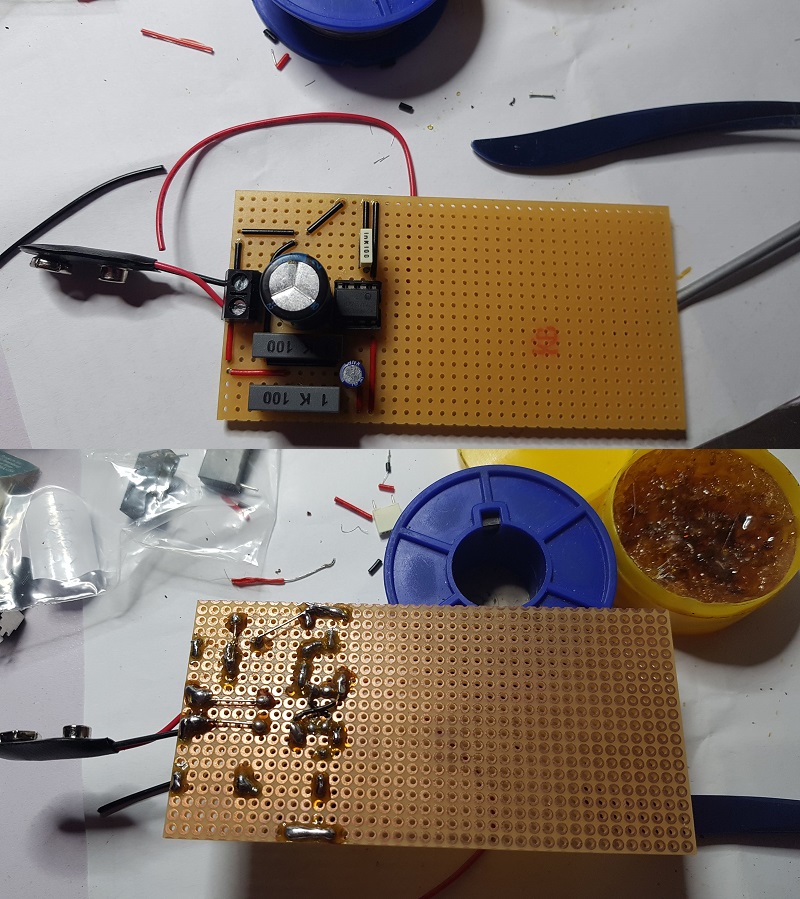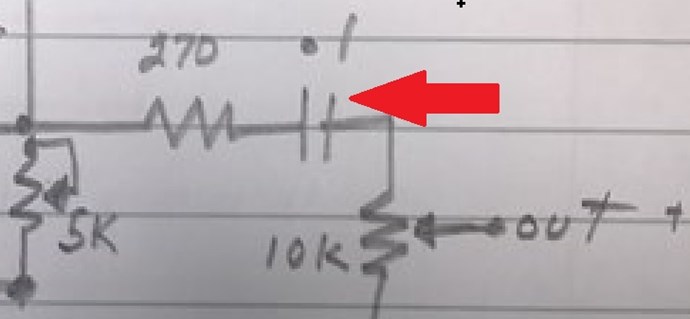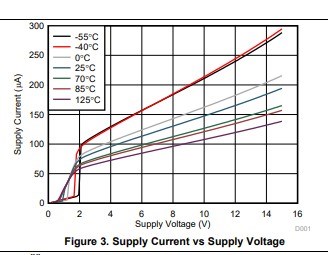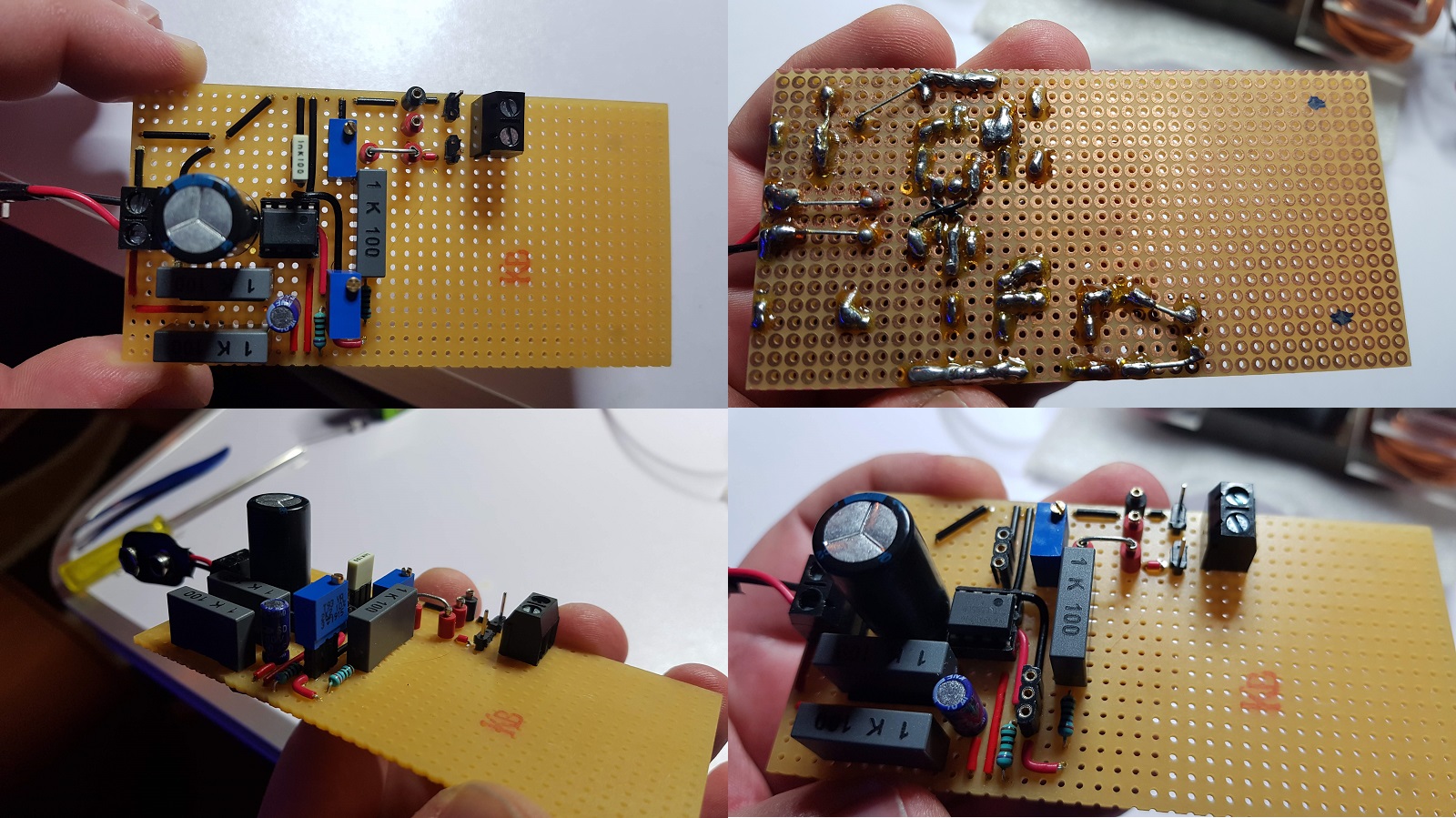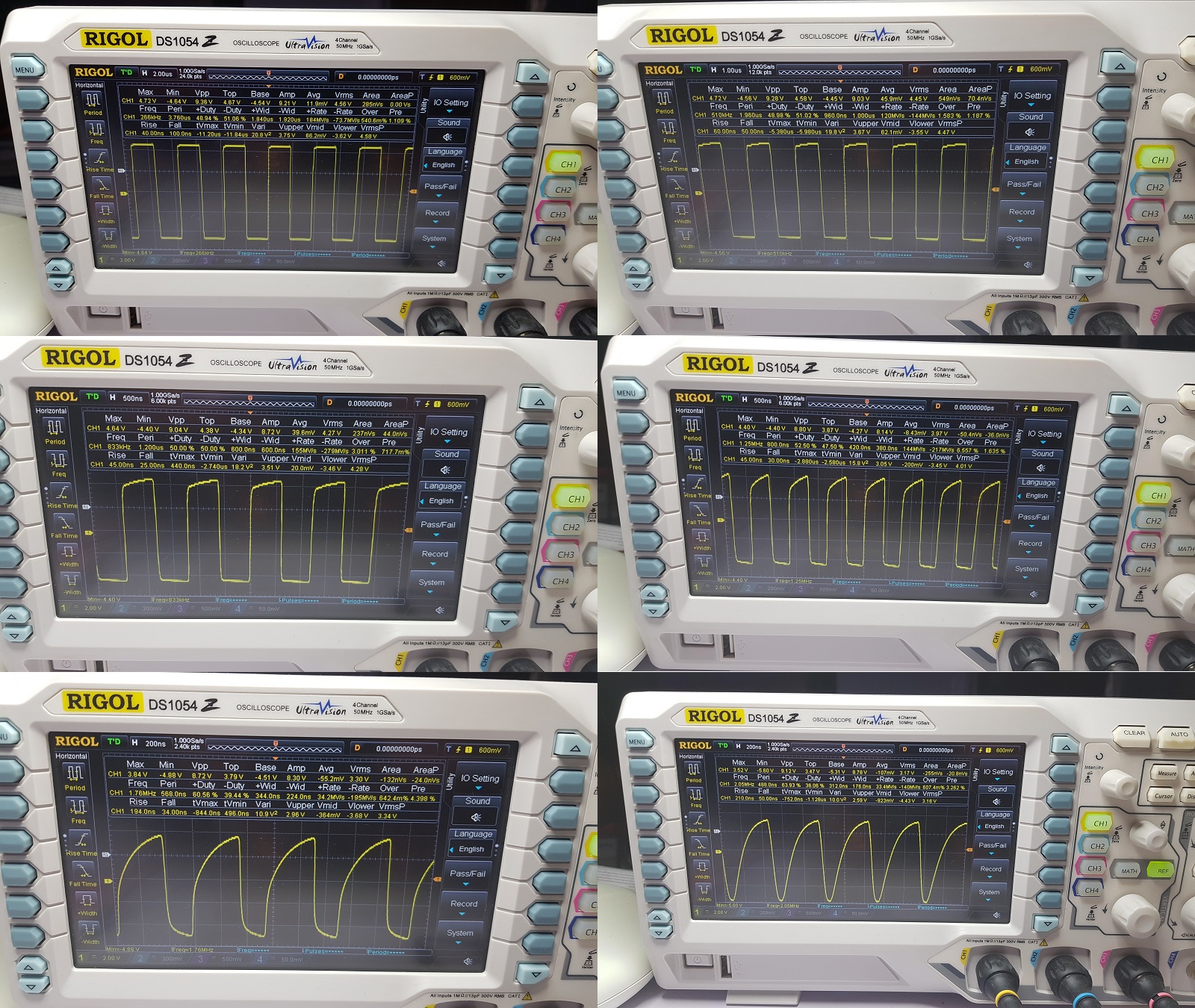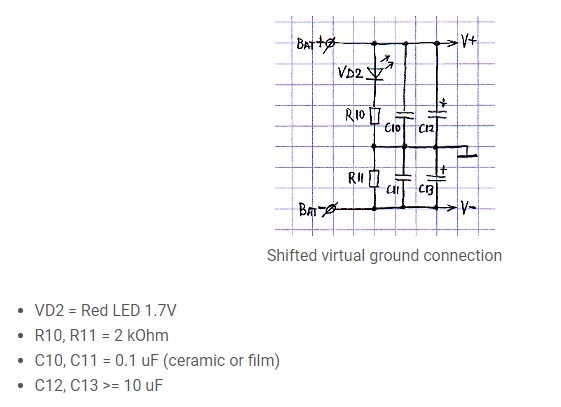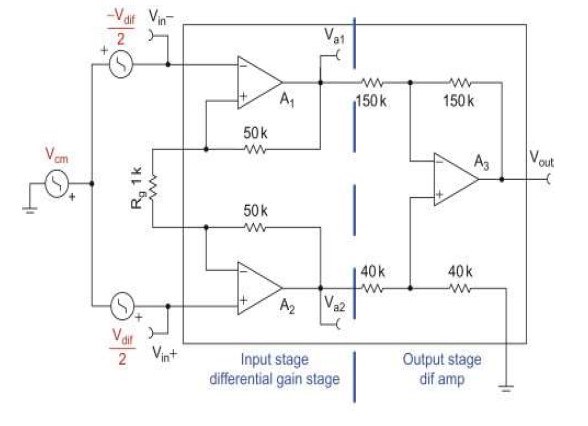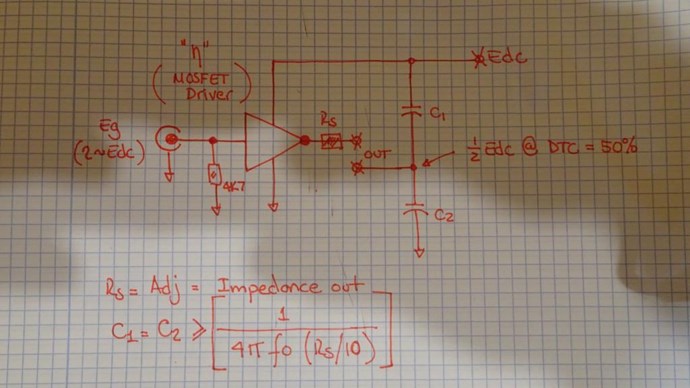Hi all
I would like to share with you this little square wave oscillator which works the same as a function generator and which operated on battery which can vary from 6, 9 or 12 volts DC according to your needs.
The heart of the oscillator is a TLC555 from the CMOS series which has very low power consumption and is completely different from the old NE555.
It has a 10K potentiometer to vary the frequency from 13Khz to 130Khz and another 5K potentiometer to increase the amplitude of the signal at will.
A drawing of the schematic that I present to you freehand
It can be easily changed by changing a single resistor and a single capacitor.
5 ma on 9 volts battery here
The particularity of this oscillator is that the output voltage changes from positive to negative through zero in the center. This is the AC square wave shape.
Most of these freely sold circuits are above zero volts they are only DC square wave and could not be use for experimentation.
Very low or high amplitude at your choice
This way you are isolated from the electrical network and have greater freedom of measurements without ground return.
I also hope for those who would like to join us and experiment with us and do not have a function generator, this is the ideal opportunity, easy to assemble and inexpensive.
Jagau
What we consider to be empty space is merely a manifestation of unawakened matter. N.T.

